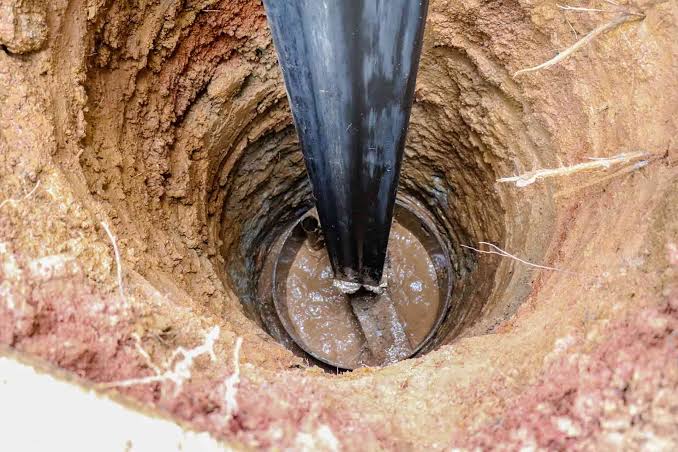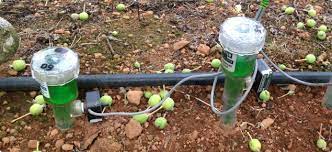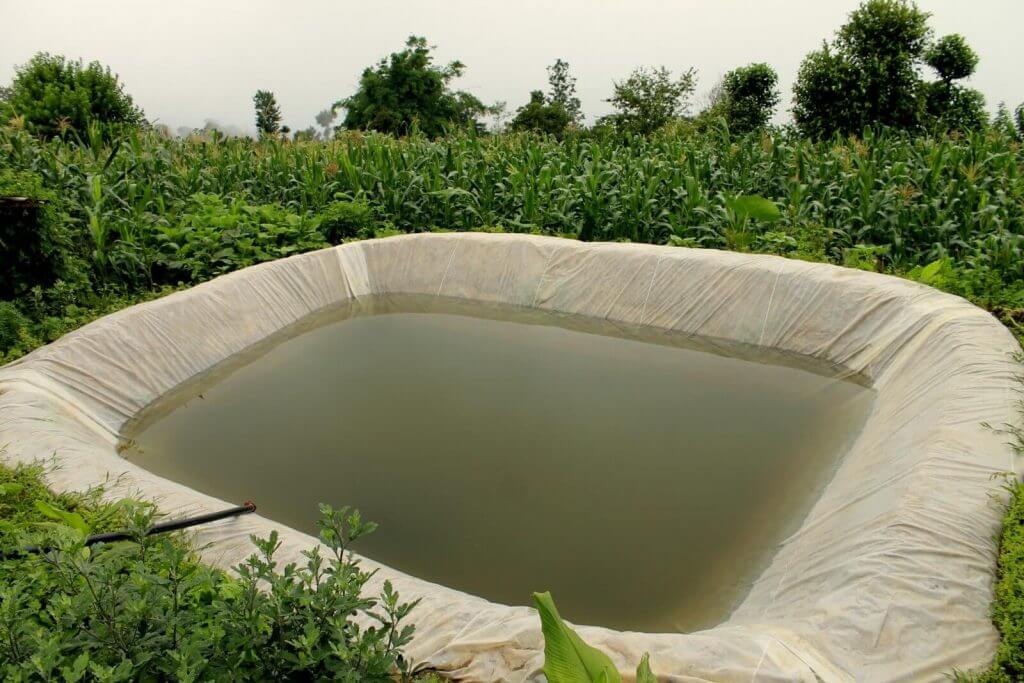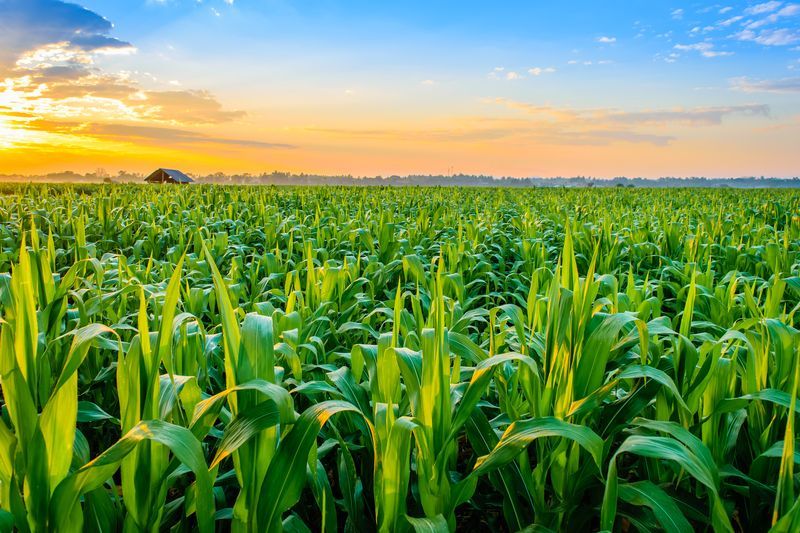How does borehole drilling work in Kenya? Do you need access to a reliable supply of water? Why not consider drilling a borehole? It's a perfect solution that is gaining popularity among farmers, site managers, and property owners. If you have a piece of land in drier regions…
As the global population continues to burgeon, the demand for food production escalates, placing immense pressure on agricultural practices. In this context, water scarcity and the need for resource optimization become critical challenges. Traditional irrigation methods often lead to overwatering or under-watering, resulting in reduced crop yields, wastage…
Harvesting Rainwater- Preparing for the Future Early In a world facing increasing water scarcity and environmental challenges, harvesting rainwater has emerged as a sustainable solution for meeting our water needs. By capturing and storing rainwater, we can reduce our reliance on traditional water sources and contribute to a…
Harvesting the skies- It’s time to take advantage for the coming rains October is approaching. As the rainy season approaches in Kenya, it is essential to start preparing for the influx of water that comes with it. One of the most crucial aspects of preparing for the rains…
Drilling a borehole in your home can provide a reliable source of water for household and agricultural use even during a drought. Among the most important logistics before drilling a bore is choosing the ideal location. The site you choose can determine the amount of water available in…
Key Tips on How to Stop Wasting Money on Irrigation When it comes to gardening, there are a lot of things that can go wrong. The plants might die, you might get sick from all the chemicals in your soil… and we all know how expensive irrigation is!…
Rainwater harvesting is a simple strategy by which rainfall is gathered and stored for future usage. The process involves collection and storage of rainwater with help of artificially designed systems, that runs off natural or man-made catchment areas. Rain water harvesting is one of the most effective methods…
How farmers can harvest rainwater and the benefits
How farmers can harvest rainwater and the benefits Rainwater harvesting is a simple strategy by which rainfall is collected and stored for future use. The process is done with the help of artificially designed systems that runs off to natural or man-made catchment areas. This is an effective…
A dam is a structure commonly built across a river or stream to create a large reservoir behind it. We use dams for various human consumption purposes such as irrigation, hydroelectric power, reducing peak floodwater, and improving navigation. Dams also have extra work such as spillways, valves and…
9 key reasons why your farming agribusiness may fail Farming is a low-risk agribusiness with a lower failure rate than other businesses. However, you need to ensure that everything is done correctly for your farm to be profitable. This ranges from seedlings to farm equipment to proper farm…










